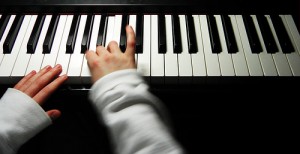 For last week’s Forum Q&A, I broached a few questions about memorization and many of you left comments regarding whether or not to require memorization for performances within your studio — but not many of you addressed my initial question about whether you consider the skill of memorization is essential to piano playing (i.e., do you think it is necessary/required for concert pianists to play by memory? Why or why not?). I discussed this topic further in yesterday’s post, which you can view here. As always, it’s never too late to add your thoughts to this ongoing discussion. =)
For last week’s Forum Q&A, I broached a few questions about memorization and many of you left comments regarding whether or not to require memorization for performances within your studio — but not many of you addressed my initial question about whether you consider the skill of memorization is essential to piano playing (i.e., do you think it is necessary/required for concert pianists to play by memory? Why or why not?). I discussed this topic further in yesterday’s post, which you can view here. As always, it’s never too late to add your thoughts to this ongoing discussion. =)
Today, however, marks the introduction of a new topic for discussion:
Many popular piano methods today include (as they should) arrangements of familiar tunes for students to learn. This is great, because many students LOVE learning how to play tunes they are familiar with! (Side note: click here to view a post regarding some thoughts on what makes a great piano method.) However, these arrangements sometimes present a problem:
Oftentimes in arrangements, the rhythm of the tune is altered and “simplified” in order to accomodate the rhythmic values that the student has/hasn’t learned yet. This is all fine and dandy, but as a teacher, what do you do when a student comes back the next week playing the rhythm “wrong”?
To give one example that frequently occurs with beginner students, I’ve heard many students return playing the rhythm of “Ode to Joy” with dotted-quarter-eighth rhythms instead of playing all quarter notes (despite the fact that we sightread it together with the rhythm as written). How do you handle this situation: do you “fix” the student’s rhythm to match what is on the page even though it goes against their intuition, or do you “let it go?”
I’m sure many of us piano teachers have been in this situation before! Share your experiences in the comments below.
Photo Credit: Rick Harris | CC 2.0
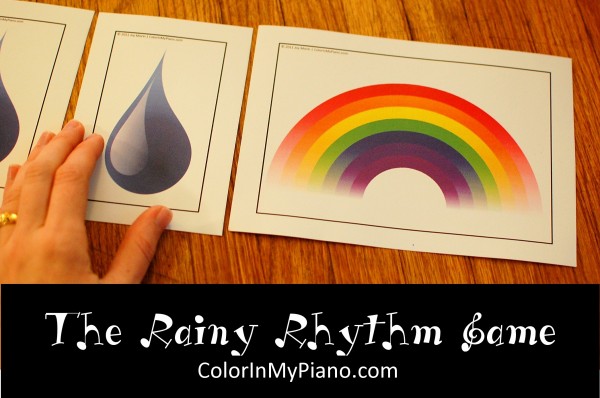


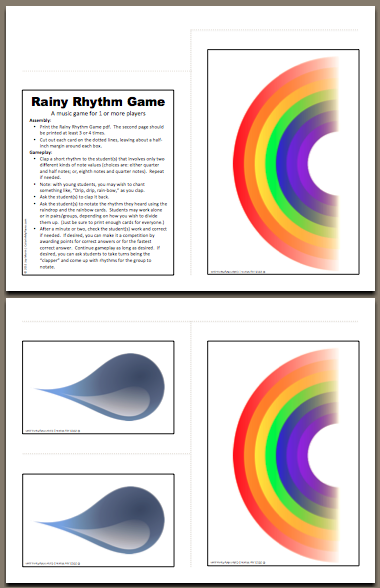


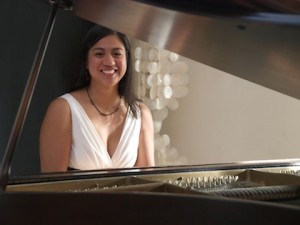
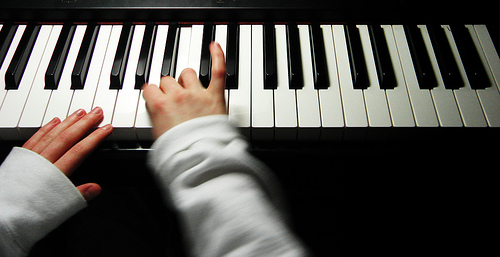

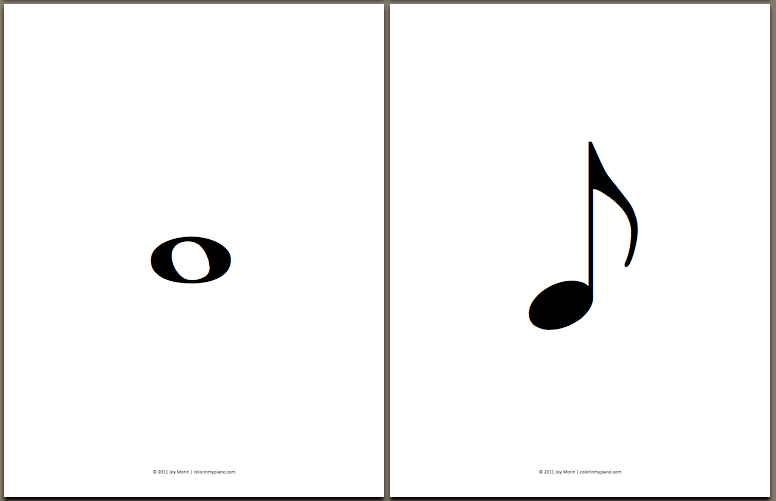
 Here’s a fun movement/rhythm game to play with a group of students which I learned from a Dalcroze Eurhythmics instructor. I call it the “Rhythm Magnet Game.”
Here’s a fun movement/rhythm game to play with a group of students which I learned from a Dalcroze Eurhythmics instructor. I call it the “Rhythm Magnet Game.”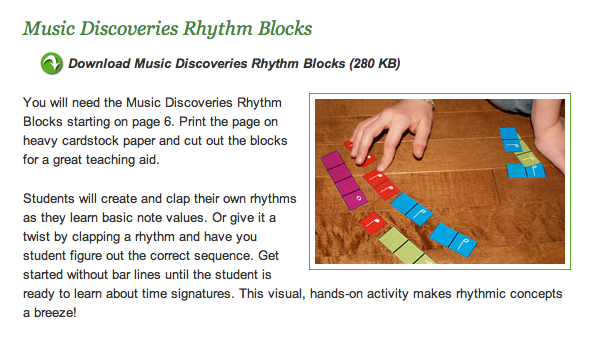
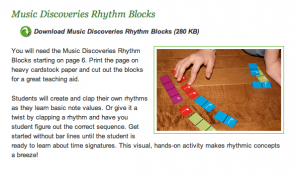 My colleague Loretta and I have been teaching a pair of beginner students in a group setting each week. Last week, we were learning about 3/4 and 4/4 time, and quarter notes and half notes. Loretta and I wrote rhythms on the whiteboard, asked the students to help us write in bar lines, and then clapped and counted the rhythms together. While this activity worked and was beneficial, what we did this week was much more successful.
My colleague Loretta and I have been teaching a pair of beginner students in a group setting each week. Last week, we were learning about 3/4 and 4/4 time, and quarter notes and half notes. Loretta and I wrote rhythms on the whiteboard, asked the students to help us write in bar lines, and then clapped and counted the rhythms together. While this activity worked and was beneficial, what we did this week was much more successful.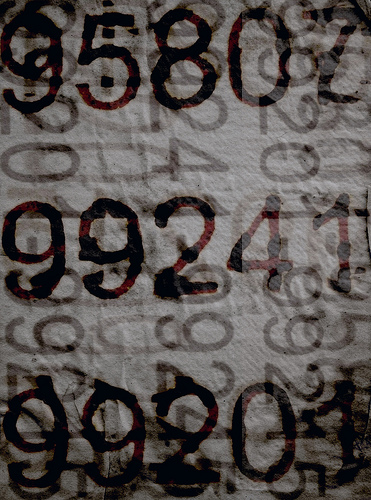
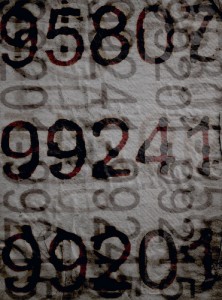 At the 2010 Michigan Music Teachers Assocation conference this weekend, our conference clinician Martha Hilley had some wise words for us that I thought I’d share here:
At the 2010 Michigan Music Teachers Assocation conference this weekend, our conference clinician Martha Hilley had some wise words for us that I thought I’d share here:
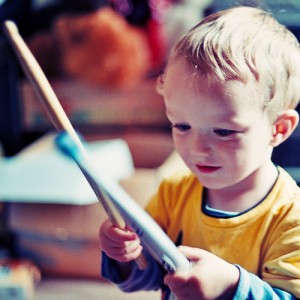 Developing a good sense of rhythm is one of the most challenging parts of being a piano teacher. It’s not something that arrives overnight, and it’s something that must be maintained as the student advances to music with more advanced rhythms and time signatures. It truly is something that must be developed.
Developing a good sense of rhythm is one of the most challenging parts of being a piano teacher. It’s not something that arrives overnight, and it’s something that must be maintained as the student advances to music with more advanced rhythms and time signatures. It truly is something that must be developed.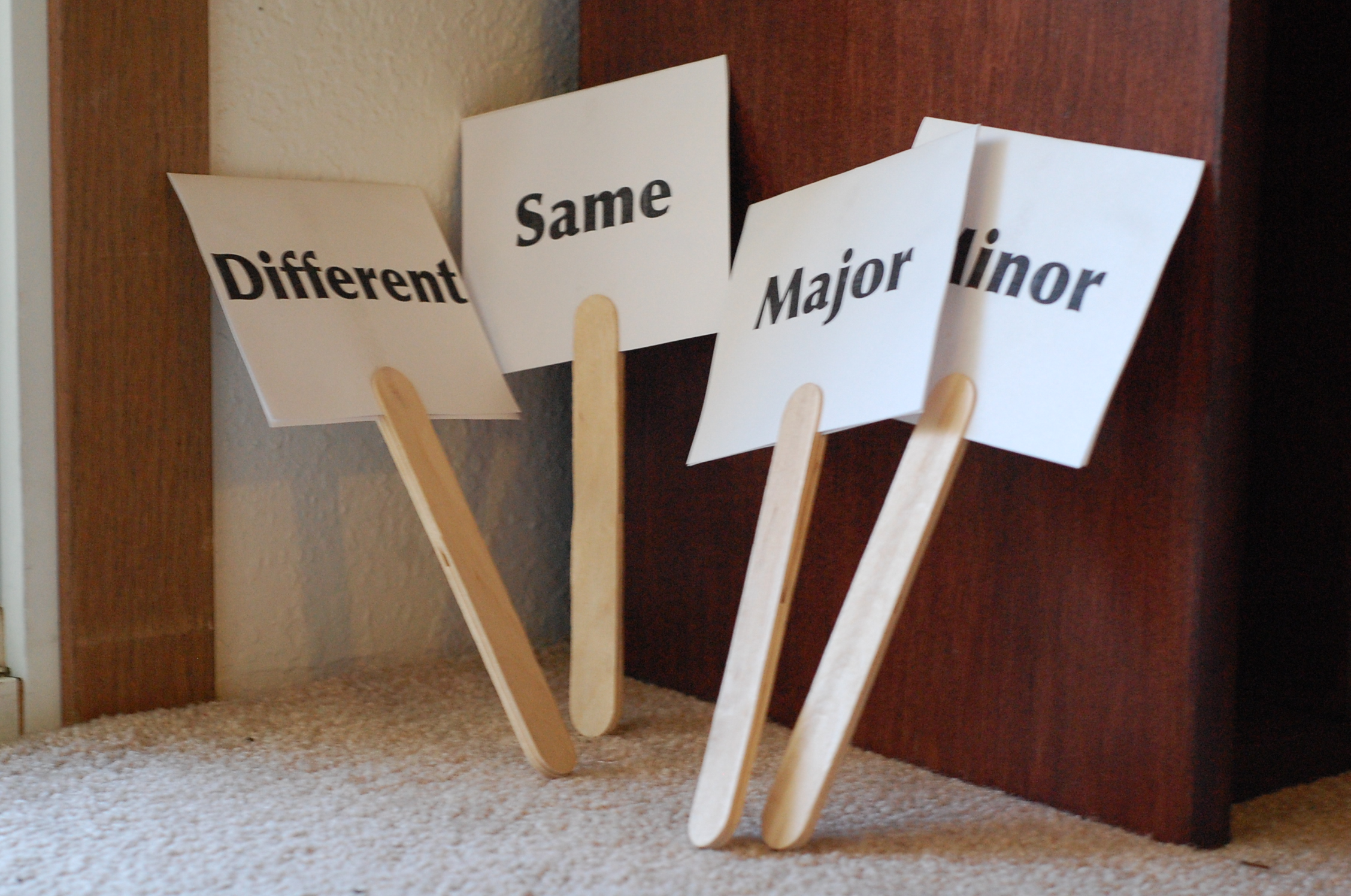
 Rhythm Dictation Game
Rhythm Dictation Game